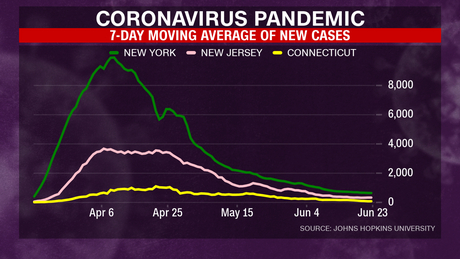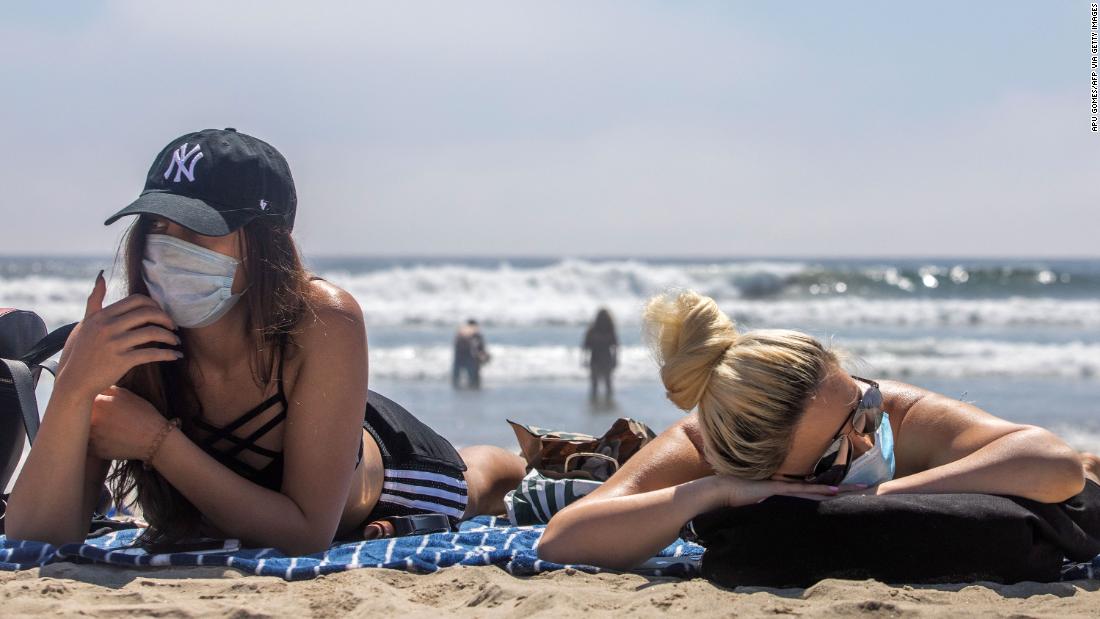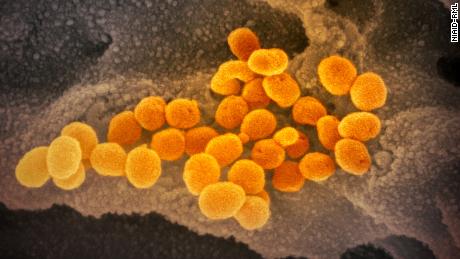These are the states affected by the travel advisory
New York Gov. Andrew Cuomo, New Jersey Gov. Phil Murphy and Connecticut Gov. Ned Lamont said the travel advisory applies to anyone coming from a state with a transmission rate above 10 per 100,000 people on a seven-day rolling average or 10 percent of the total population testing positive on a seven-day rolling average.
“We have to make sure the virus doesn’t come in on a plane,” Cuomo said.
“We worked very hard to get the viral transmission rate down, and we don’t want to see it go up,” he added.
As of Wednesday, the advisory applies to Alabama, Arkansas, Arizona, Florida, North Carolina, South Carolina, Washington, Utah and Texas. It begins tonight at midnight.
Cuomo said each of New York, New Jersey and Connecticut will be responsible for its own enforcement of the quarantine.
In New York, Cuomo said, those violating the quarantine could be subject to a judicial order and mandatory quarantine, and fines are $2,000 for the first violation, $5,000 for the second violation, and $10,000 if you cause harm.
Cases are under control in tri-state area


The 7-day moving average of new cases has declined in New York, New Jersey and Connecticut.
The announcement is a 180-degree flip from just a few months ago, when the tri-state area, and New York City in particular, was the epicenter of the pandemic.
Gov. Murphy of New Jersey said the tri-state area had “broken the back of this virus” with its public health efforts and praised the travel advisory.
“It’s the right thing to do, it’s the common sense thing to do, it’s the responsible thing to do,” Murphy said.
Gov. Lamont of Connecticut said they “reluctantly” decided to institute the travel advisory, adding, “the Northeast region is taking this seriously.”
“We’re not an island and as we look around the rest of the country, you know we have seen, not just spikes, but real community spread,” he said.
Lack of national infrastructure
Even now, 19 states have no requirements for residents to wear facemasks — the simplest and cheapest layer of defense against a virus with no vaccine and no widely effective treatment.
Indeed, Gov. Cuomo has openly mocked other states that he said were acting politically rather than scientifically.
“New York went from one of the highest infection rates in the country to one of the lowest because we made decisions based on science — not politics,” he said Tuesday. “We’re seeing in other states what happens when you just reopen with no regard for metrics or data. It’s bad for public health and for the economy, and states that reopened in a rush are now seeing a boomerang.”
Still, Dr. Richard Besser, former acting director of the US Centers for Disease Control and Prevention, said no state has yet effectively reopened its economy safely.
“We have to figure out how to make that transition in a successful way, or every state that reopens, even those that have done a really good job at tamping this down, are going to see pretty dramatic rises and we’re going to end up back to where we were,” Besser said.
CNN’s Melanie Schuman contributed to this report.
![]()






